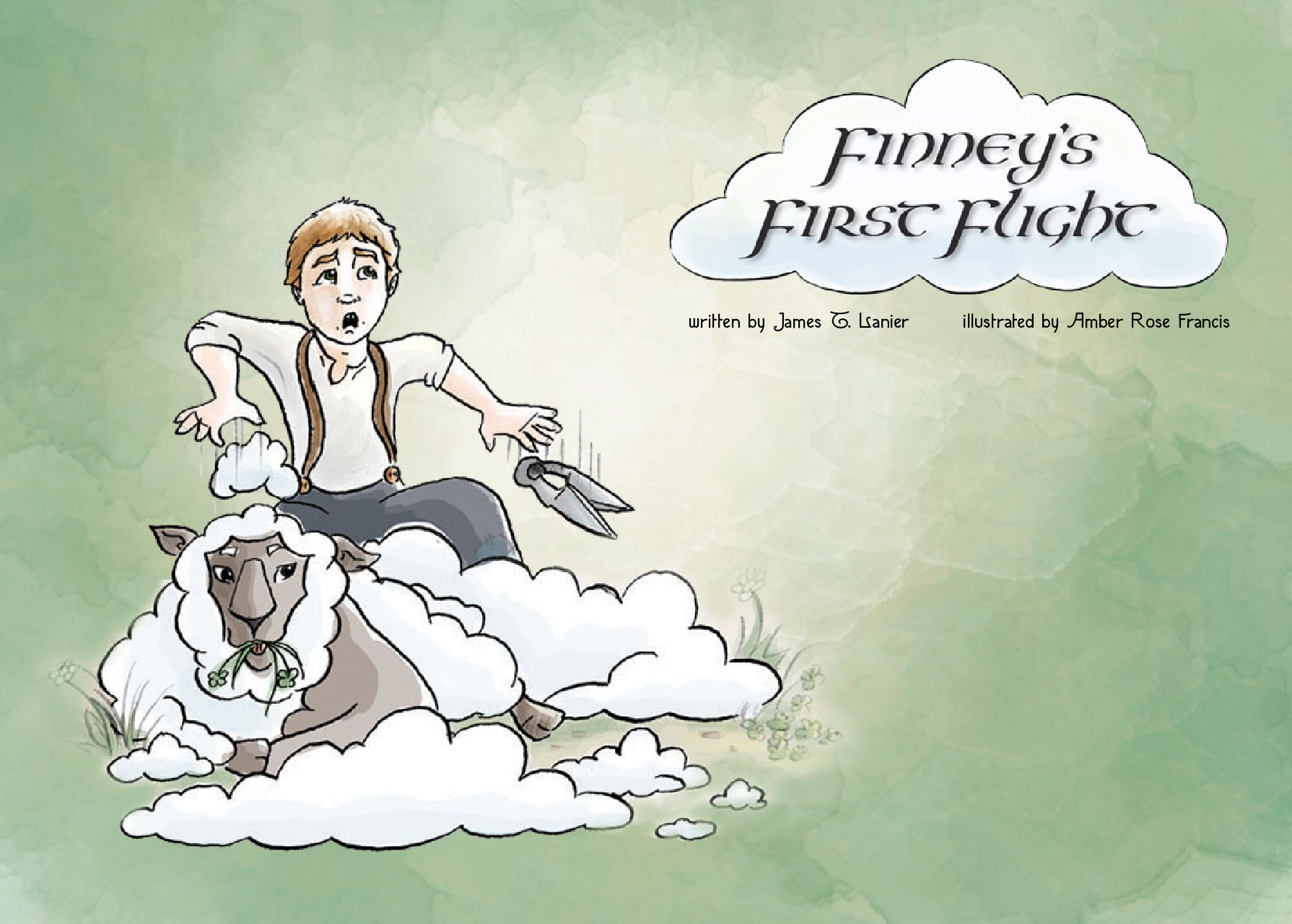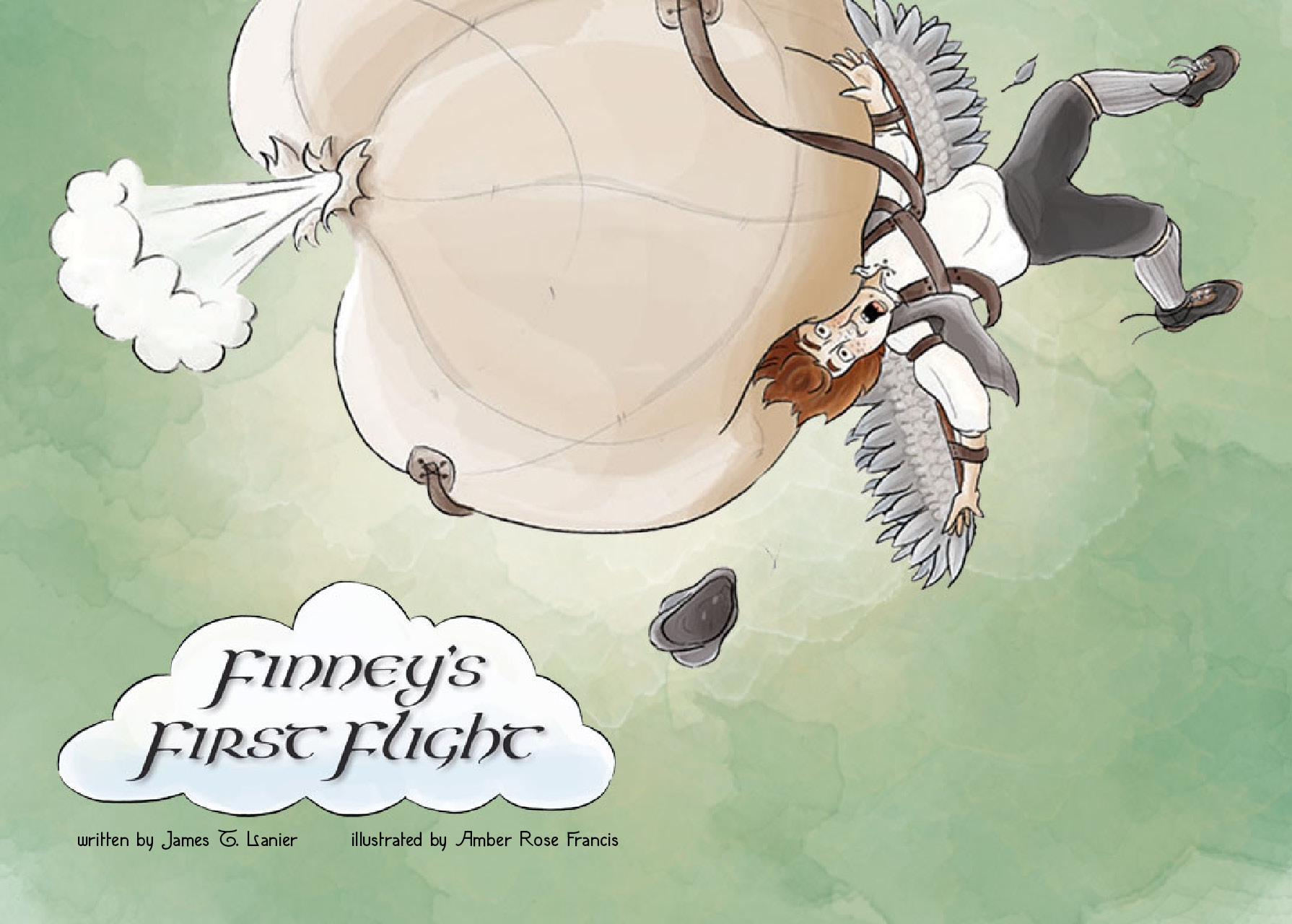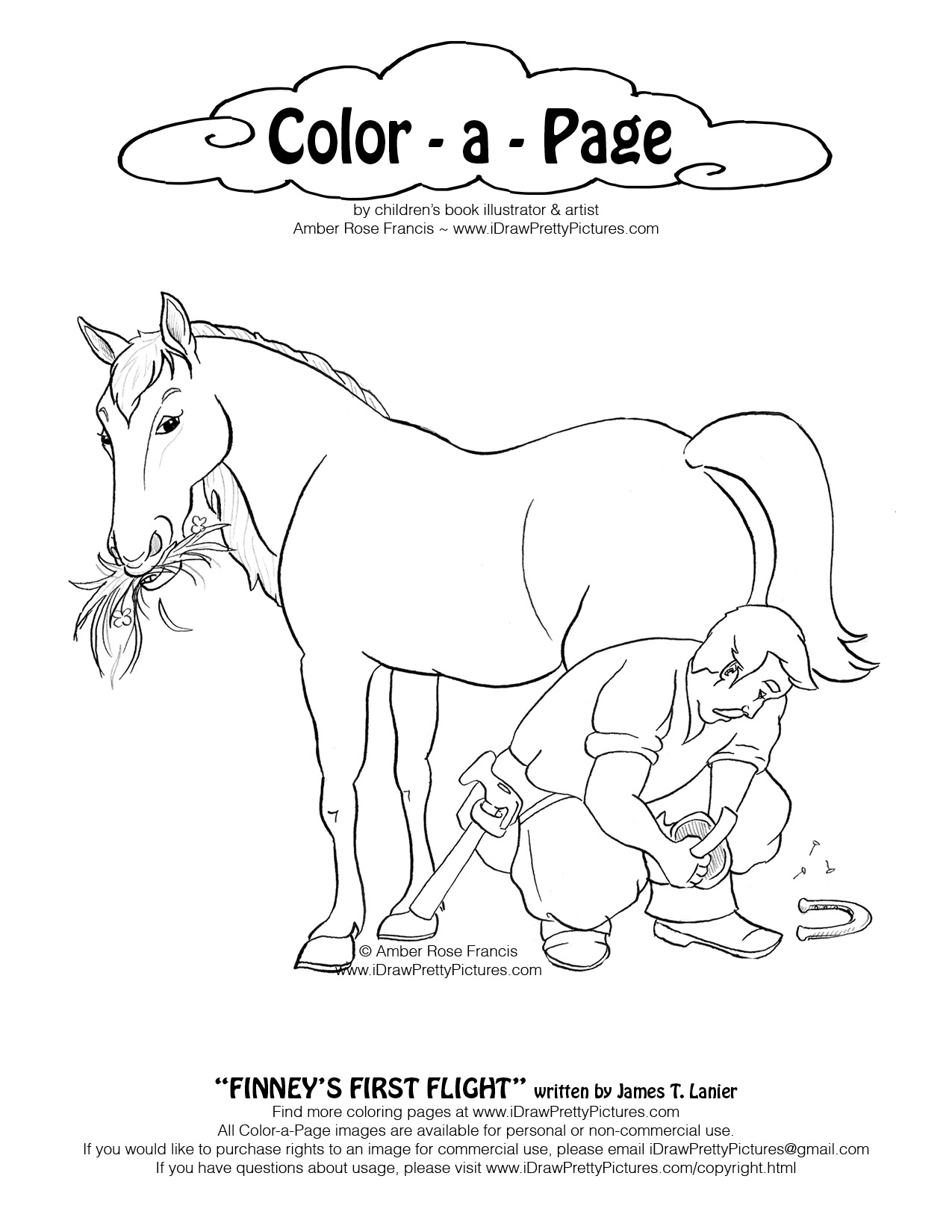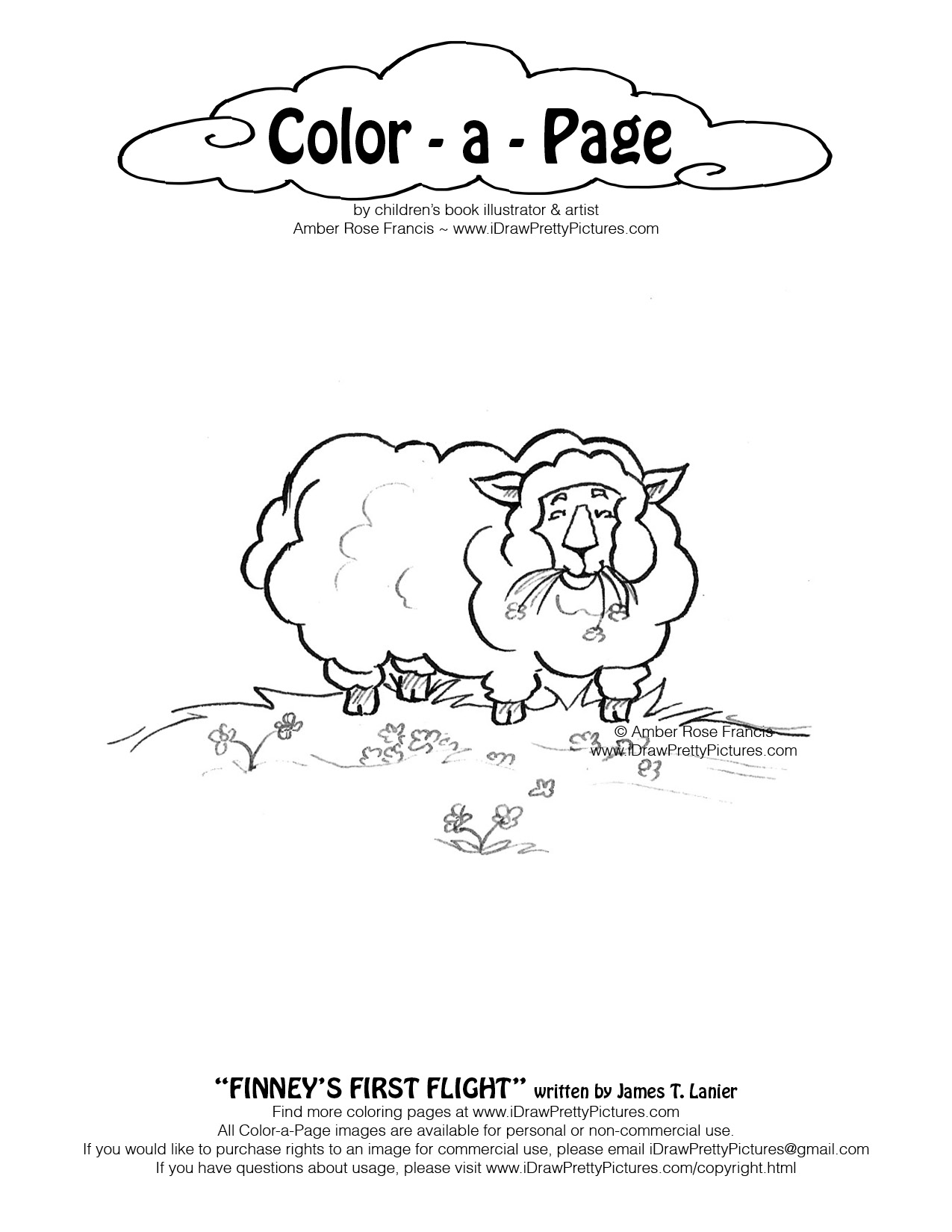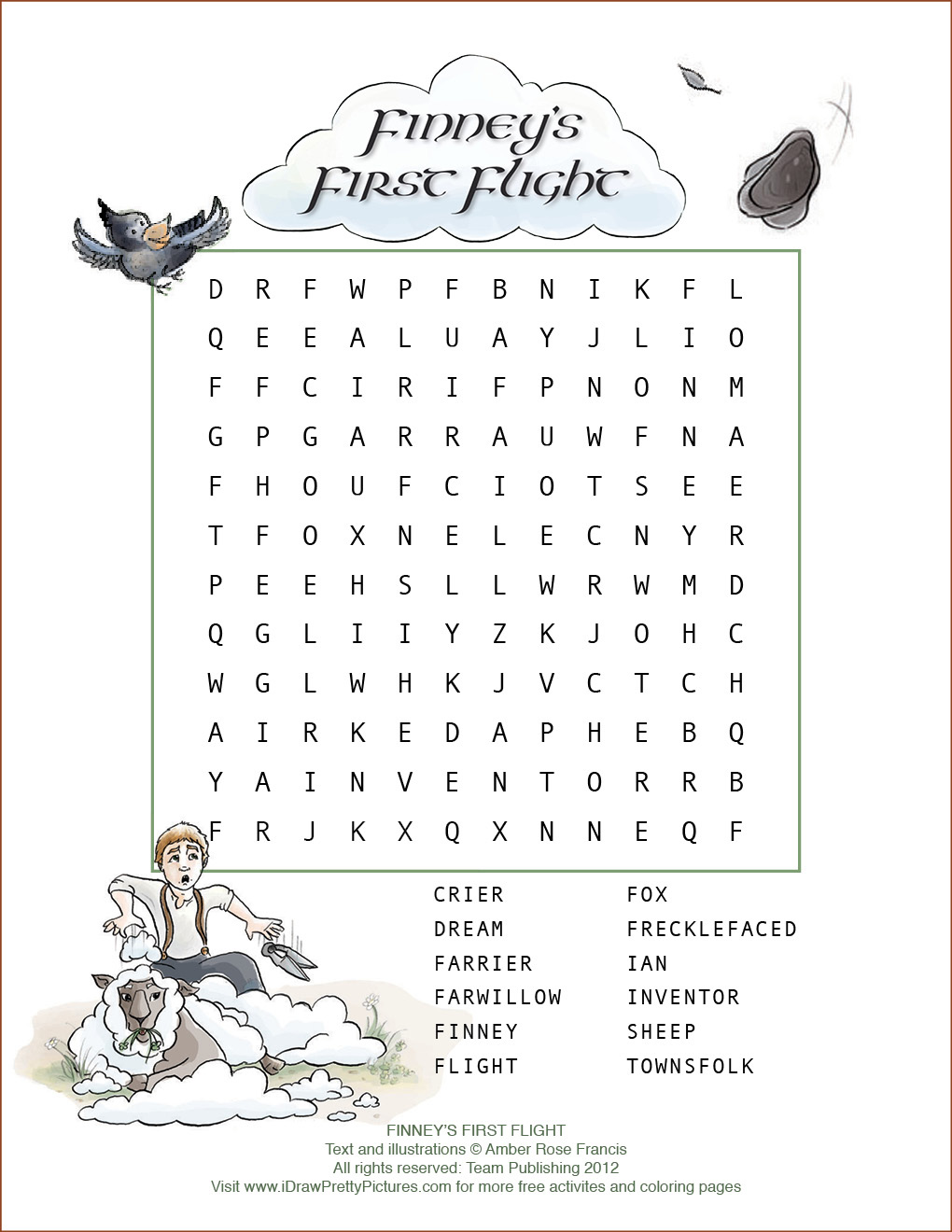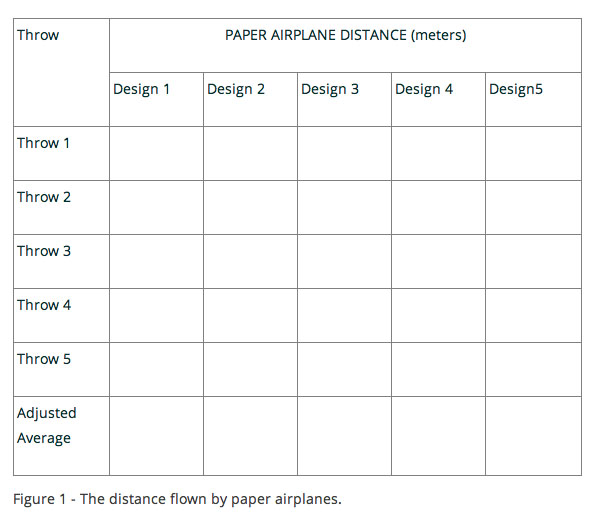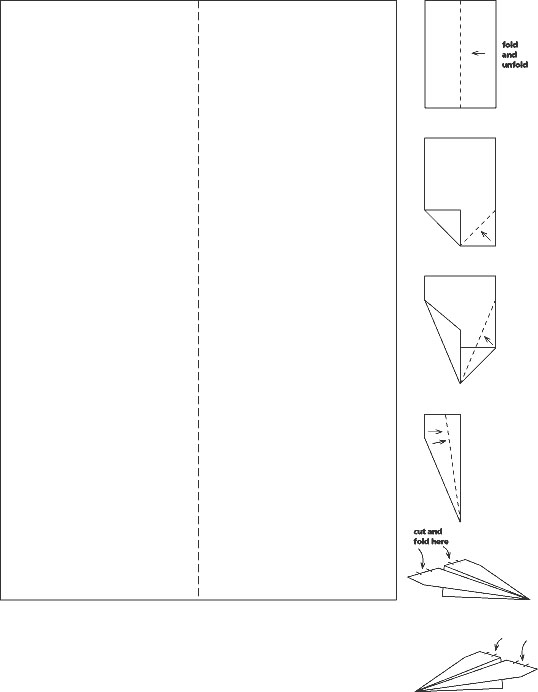FINNEY’S FIRST FLIGHT PUBLISHED AND READY FOR PURCHASE!
Finnegan Fox was a freckle-faced fellow . . .
A determined young lad from a bygone era pushes past the naysayers of his village to make his dreams come true. An inspiring lyrical book for any age.
Project Details:
Project: Illustration of a Children’s Picture Book
Author: James T. Lanier
Publisher: Team Publishing
ISBN: 0988628708
Specs:
- 8.5″x 8.5″, 36 pages and 15 spread illustrations
- Designed the layout and typesetting
- Books were drawn by hand with India ink and dip pen, digitally colored.
Here you have a link to a post about a few happy customers 🙂
If you are a bookseller – FINNEY’S FIRST FLIGHT is available through Team Publishing.
ISBN# 978-1623950934.
If you are a customer and your local bookstore doesn’t have Finney in stock yet, please ask them to order your copy (and an extra for the store).
If you don’t have a local bookseller, FINNEY’S FIRST FLIGHT is available on CreateSpace and Amazon in paperback.
………………………………………………………………………………………………
FINNEY ACTIVITIES
Wallpapers
Color-A-Page
Puzzles
Recipe:
No Bake Marshmallow Sheep Cookies by Last Minute Mel
Ingredients:
*Graham Crackers
*Mini Marshmallows
*1 T Confectioners Sugar (and a drop of milk to make icing)
*Blueberry Craisins (although raisins should work fine)
*Black edible pen
Directions:
-Cut graham cracker into a pentagon-esk shape
-Adhere marshmallows to graham cracker by first dipping them into icing (which acts like a glue)
-Microwave for approximately 10 seconds on high…the marshmallows should be just slightly puffed up
-Gently push the marshmallows together and flatten slightly…Add your blueberry craisin as an ear and draw in an eye and maybe a smile 🙂
Experiment:
Paper Airplane Experiment by Explorable
 Equipment:
Equipment:
- Download paper airplane template (below)
- Lots of copy paper to make your planes.
- Loads of space – if your school has a large gym or hall, then great. You can fly them outside but it must be on a day with no wind.
- A long tape measure – 50 or 100 meters long
- Download chart to record your results (below)
Methods:
- Make a chart to record your results, like in Figure 1.
- Next, make a lot of paper airplanes of each type. Take your time to make sure that the planes are as similar as possible. You should practice throwing each type to make sure that you are throwing with the same amount of force and speed.
- Do this five times for each type of plane and note the results on your chart.
- Try to use the same plane for all five throws, but if it gets damaged, use another.
Results:
You should work out an average distance flown for each type of plane in your paper airplane experiment.
However, we are going to use something called an adjusted average. Do not use the lowest and highest figures to work out your average, just the three in the middle. This is because; in an experiment like this, a gust of wind or a bad throw can make one or more of your results wrong. This is called an outlier-data.
After you have worked out the average for each, you can plot a bar chart and discuss the results with your class. Which planes flew the furthest? Why do you think they were the best fliers?
For some tips, please see the NASA site for some advice on the Laws of Aerodynamics.
There are many more experiments you can perform with paper airplanes. Maybe this is the first step on you journey to being an airplane engineer or designer!
Read more: Paper Airplane Experiment – For Kids
